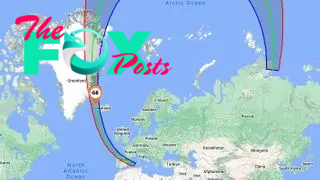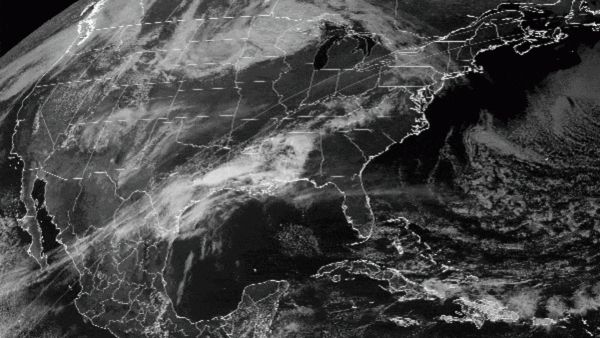Science
When is the next solar eclipse?
One of the most significant celestial events is coming to Europe in 2026 — a total solar eclipse.
Total solar eclipses are uncommon and dynamic events, resulting in one of nature's most spectacular sights. Here's everything you need to know about the next eclipse.
When is the next total solar eclipse?
The next total solar eclipse will occur on Wednesday, Aug. 12, 2026, when it will be possible to experience darkness in the daytime and briefly see the sun's corona — or outermost atmosphere — with the naked eye. The total eclipse will be visible from parts of Greenland, Iceland, Spain and a small sliver of Russia. Exactly what time of day it happens depends on where the observer will be watching from.
Related: Top total solar eclipses to look out for over the next decade
What is the eclipse's path of totality?

"Totality" is the name for the moment when the sun appears completely obscured by the moon. The path of totality is the narrow zone from which totality is visible on Earth. Technically, this path is just the movement of the moon's shadow across the world — specifically, the places where the moon's umbra, the darkest central part of its shadow, is projected across the Earth's surface. To experience totality, you must be within this zone.
On Wednesday, Aug. 12, 2026, the eclipse's 182-mile-wide (293 kilometers) path of totality will take around 96 minutes to cross the planet, beginning at the northern tip of Russia, then passing over parts of Greenland, Iceland and Spain, according to Space.com. The maximum duration of totality will be 2 minutes, 18 seconds, depeding on the viewer's location.
When was the last total solar eclipse?

The last total solar eclipse passed over North America on April 8, 2024. The eclipse was visible from parts of Mexico, Canada and 15 U.S. states.
-

 Science2d ago
Science2d agoInside Capitol Hill’s Latest UFO Hearings
-

 Science2d ago
Science2d agoYou Won’t Want to Miss the Leonid Meteor Shower. Here’s How and When You Can See It
-

 Science3d ago
Science3d agoHere’s What Trump’s Win Means for NASA
-

 Science6d ago
Science6d agoWhy Risky Wildfire Zones Have Been Increasing Around the World
-

 Science6d ago
Science6d agoIt’s Time to Redefine What a Megafire Is in the Climate Change Era
-

 Science1w ago
Science1w ago4 Astronauts Return to Earth After Being Delayed by Boeing’s Capsule Trouble and Hurricane Milton
-

 Science1w ago
Science1w agoThe Elegance and Awkwardness of NASA’s New Moon Suit, Designed by Axiom and Prada
-

 Science1w ago
Science1w agoSpaceX Launches Its Mega Starship Rocket. This Time, Mechanical Arms Catch It at Landing



























